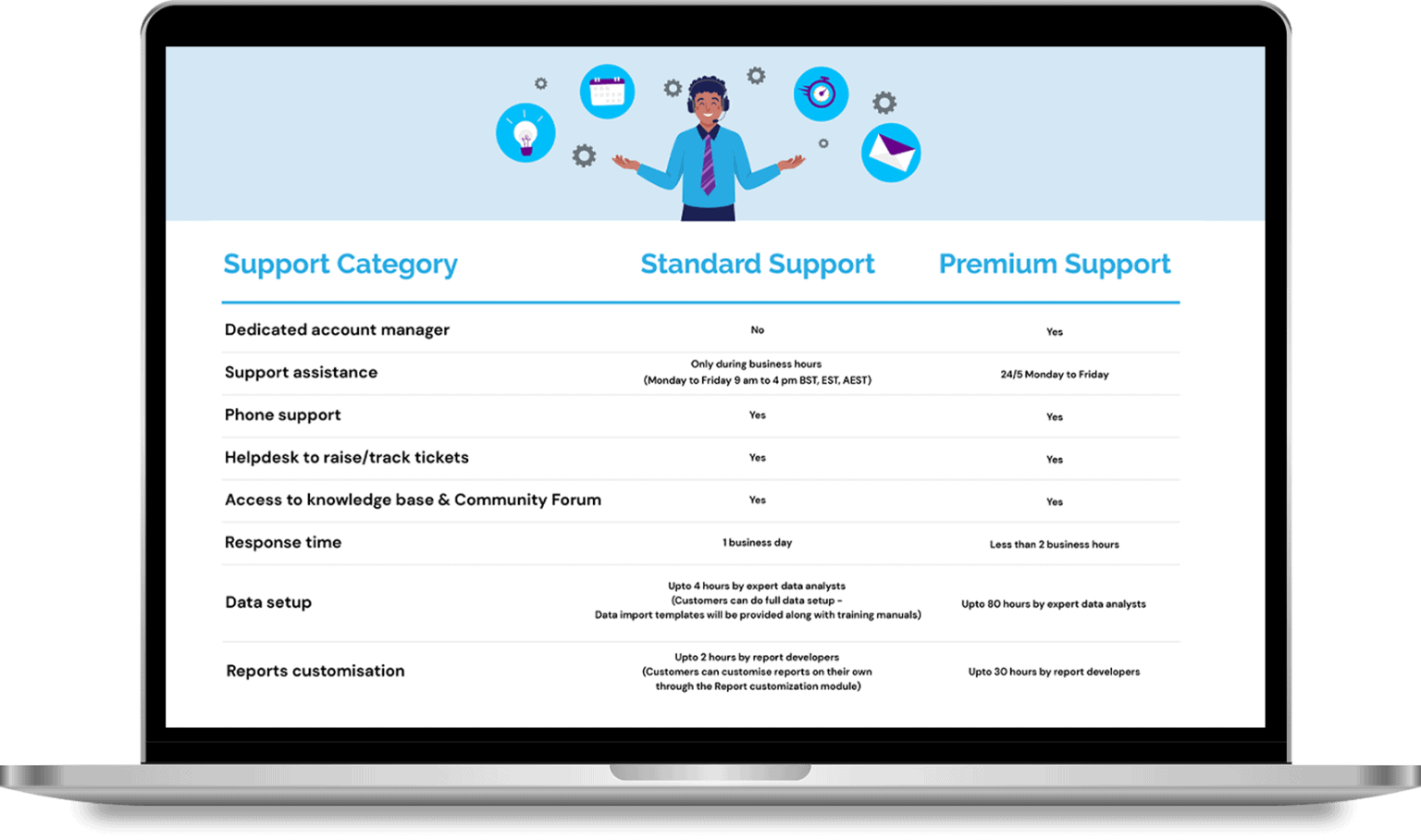
Modernise and Adapt: How technology can shape your Blinds, Shutters and Curtain Business
At a time of soaring costs and economic uncertainty, we need to work in smarter ways. BlindMatrix is all about innovation and optimisation: the technology we provide can help a business to change for the better.
I’ve been in the technology side of blinds, shutters and curtains for many years, working with businesses around the world, from small family-run companies to large enterprises. My experiences have taught me that technology, as well as other factors, plays a central role in helping manufacturers, wholesalers and retailers not only secure their business but to grow and prosper too.
IT is a means to an end, and that end is ‘better business. This is about stronger systems and infrastructure that actively contribute to more profitable working. It’s about fit-for-purpose IT that is sized and suited to your business needs. IT that’s mobile-enabled, as customers simply expect today, so reps come onsite with a tablet to measure up for fast quotations. IT to quickly set up and easily run an online store, without spending years in development and heaps of cash. IT that enables you to onboard and train new users fast.
Technology can help us to work in more efficient, customer-focused and profitable ways. To collaborate along the supply chain, and serve customers better. Crucially, it can give us the visibility to properly understand the true costs of the materials, products and labour we use, as other key areas such as sales conversions, staff productivity, wastage, and overall profitability. If we don’t know what’s going on, how can we optimize what we do?
A better understanding of business metrics like these means we can make more informed decisions. Understanding the costs of materials and staff productivity levels, for example, so we know the true cost of making a product. When we know the cost of something, we can decide how much to sell it for, how many are sold versus the salary of a sales rep, and then how much the business is actually making. Here are three examples of where technology can make a difference.
First, to collaborate and communicate. We live in a connected world. Global supply chains, connected communications and technologies: manufacturers connected to wholesalers connected to retailers who interact with consumers. We have an opportunity to get more connected. Technology that enables automatic text messaging, automatic status and job updates, making it easier to take, place and fulfil orders, knowing how long blinds are in production and when they’re dispatched; and avoiding duplication and errors resulting from manual input. Some of our customers use our platform as their primary means of communicating. In one case, it’s a wholesaler and a retailer, one a customer of the other. They say this ability to communicate and collaborate is a game changer in their relationship and what they can achieve.
Second, technology can help to provide greater clarity and consistency through a more standardised approach. There are regional and national differences in what we call materials and products. This can result in confusion at best, and costly mistakes at worst. Is it a slat or a vane? A track or a headrail? Is the drop the same as the length? Is chain size the same as chain length? And so on. Streamlined ITsupporting industry-standard approaches and easy-to-update digital catalogues can smooth out these issues. The potential is for operational efficiencies, improved customer satisfaction and, crucially, contributing to a clearer understanding of costs and margins related to materials, products and labour.
Third, technology helps to enhance a feeling of trust across our supply chains and networks, and with customers. Trust is key to any industry: it’s the basis of the business. I’m not saying this is a particular issue for our industry. But the question remains:could-enabled collaboration, communication, improved clarity, accuracy and better service help to foster that environment?
The right technology means we can work in faster and more focused ways. To deliver what we say we’re going to deliver, at the time we say it, at the price agreed. That means a cost to the business and a price to the customer that makes sense for both. This is so important, which is why I make no apologies for reiterating the point: technology can help us to deliver fair pricing based on our real-life costs and so protect our margins. We’re all aware of under-cutting, it’s a competitive industry. but I think under-cutting risks cutting all our throats. Technology helps us to know our true worth, in clear and unambiguous terms, and to plan on that basis.
And the good news is, it works. These are comments from real-life BlindMatrix customers. One said that IT has ‘transformed our business and made the day-to-day work much easier. Without it, our admin staff would not cope with the amount of work.’ Another said, ‘it’s helped us automate certain processes and remove duplications.’ And a third: ‘The software is fully customised for our business. Now, all the orders are streamlined and automated, and hence, no human effort is needed.’
I’ll leave you with three questions to mull over. Does it make sense for our industry to work together and collaborate in more meaningful ways? Is there a need for greater consistency and standardisation in the language we use? And could you benefit from having far greater visibility of costs, pricing and margins, to enable better decisions in the pursuit of profitability?















